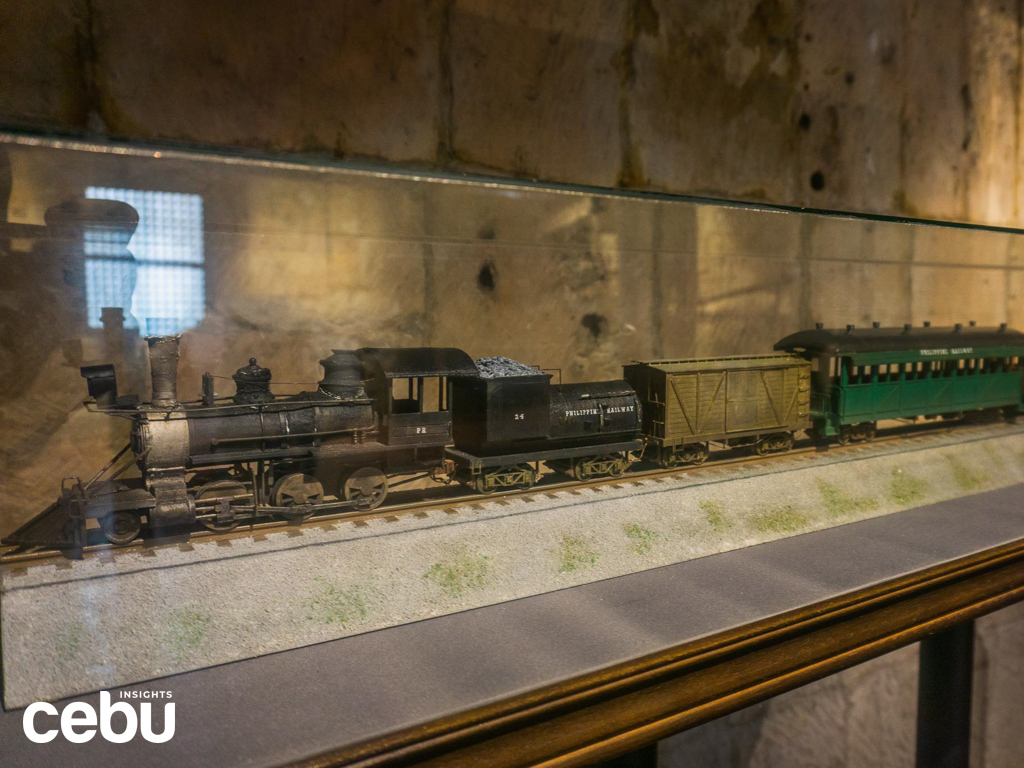Did you know that Cebu has its own railway system in the past?
Cebuanos know very well about the upcoming bus rapid transit. This government project aims to create a more organized public transport system through stations where commuters can board buses enroute to different areas around the city.
With this, commuting would be much easier as the buses have a dedicated route away from major traffic.
The prospect of an organized one-way system is exciting, but this is not the first time Cebu has experienced it.
Over a century ago, the Queen City of the South had its own railway system.
Commonly known as the Cebu railway, this spanned a total of 57 miles, all the way from Danao in the north up to Argao in the south.
Records claim that Cebu had a total of 14 stations in different locations around the island.
The old railway is nostalgic, but is lesser known today, especially among the younger generation. Several remnants of the stations remain, but others have been converted into new establishments.
It played an important part in the development of Cebu City, since it was the only long-distance public transport option on the island for both passengers and goods that were to be transported.
THE NOSTALGIC CEBU RAILWAY
The railway system was built by the Philippine Railway company after the government signed a bill on May 29, 1906, allowing them to create routes for the Visayas region.
The mainline track was built around 36 years before the second World War. The central station was located along P. Del Rosario Street, where the Cebu South Bus Terminal now stands.
From there, the train would go back and forth to the north and south. A shorter route was made going to the port area for businessmen and traders.
The southbound route of the central station train stopped at Carcar and Sibonga before arriving at its last stop at Argao. From there, passengers got on horse-drawn carriages to go directly to their houses.
Today, the Carcar bus station has become a restaurant, while the Sibonga station houses the Sibonga Elementary School Library. The main station in Argao is now the town’s fire station.
The fare for the train from Argao to Cebu City, or vice versa, cost Php 1.20, which was considered expensive at the time.
On the other hand, the route going to the north only stops at Danao. Passengers got off at what is now Sitio Estasyonan, which got its name due to its history as the route’s unloading station.
The Danao rotunda also served as the turning point for when the train would return to Cebu City. This is where they would restock coal before returning to the mountains of the province.
Since Cebu had several mountainous areas, bridges were made to help the train go through the high terrain safely and more efficiently. One notable area was the town of Sangat in San Fernando.
Unfortunately, the railway system was destroyed during bombings in World War II. The damage done was so massive that they could no longer fix it.
Since then, the old Cebu railway system has been a thing of the past. It became a piece of history or folklore told by older generations to their next of kin.
However, several historical landmarks continue to remember the railway system through dioramas and models inside museums and ancestral houses.
The Casa Gorordo Museum, for example, has a model of the train put on display, along with other forms of transportation used in the past.
The Sugbu Chinese Heritage Museum also shows the aforementioned shorter route going to the port area through their diorama of the Gotiaoco Building.
A RAILWAY SYSTEM IN THE FUTURE
Aside from the BRT, the Philippine government expressed interest in reviving the Cebu railway system through what will soon be called the Cebu Monorail.
The proposed project is a 27-kilometer long transit system consisting of two long-distance routes. One is a 17.7-kilometer elevated rail called the Cebu Central Line, connecting Banilad in Cebu City and Linao in Talisay.
The project will also consist of a railway from the metro to the Mactan International Airport called the Cebu Airport Line. This will span 6.3 kilometers and will have six stations in between.
This railway system could offer an easier, more convenient passage to the south, as well as to the airport. This may also be cheaper compared to the current ways to get there, which can sometimes take several rides.
Lapu-Lapu City Mayor Ahong Chan previously expressed his excitement for the monorail, seeing its potential in improving Mactan’s traffic situation.
Since the airport welcomes thousands of tourists every year, the monorail can make going to other parts of the island much easier.
Public transportation benefits so many of us. It gives us the chance to travel to different destinations without having to pay a lot. Hopefully in the future, these systems will remain convenient for daily commuting.
A railway system in Cebu may encourage more people to commute not only because of its convenience, but also because of the experience. The island has not experienced something like this in over a century, so it is definitely something to look forward to.
The old Cebu railway played an important part in Cebu’s transportation system as one of the first that people could use for long-distance travels. We may have only heard about it through stories, but we may soon get to experience it first hand.







